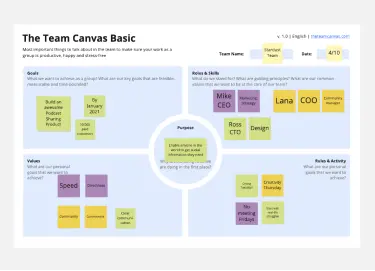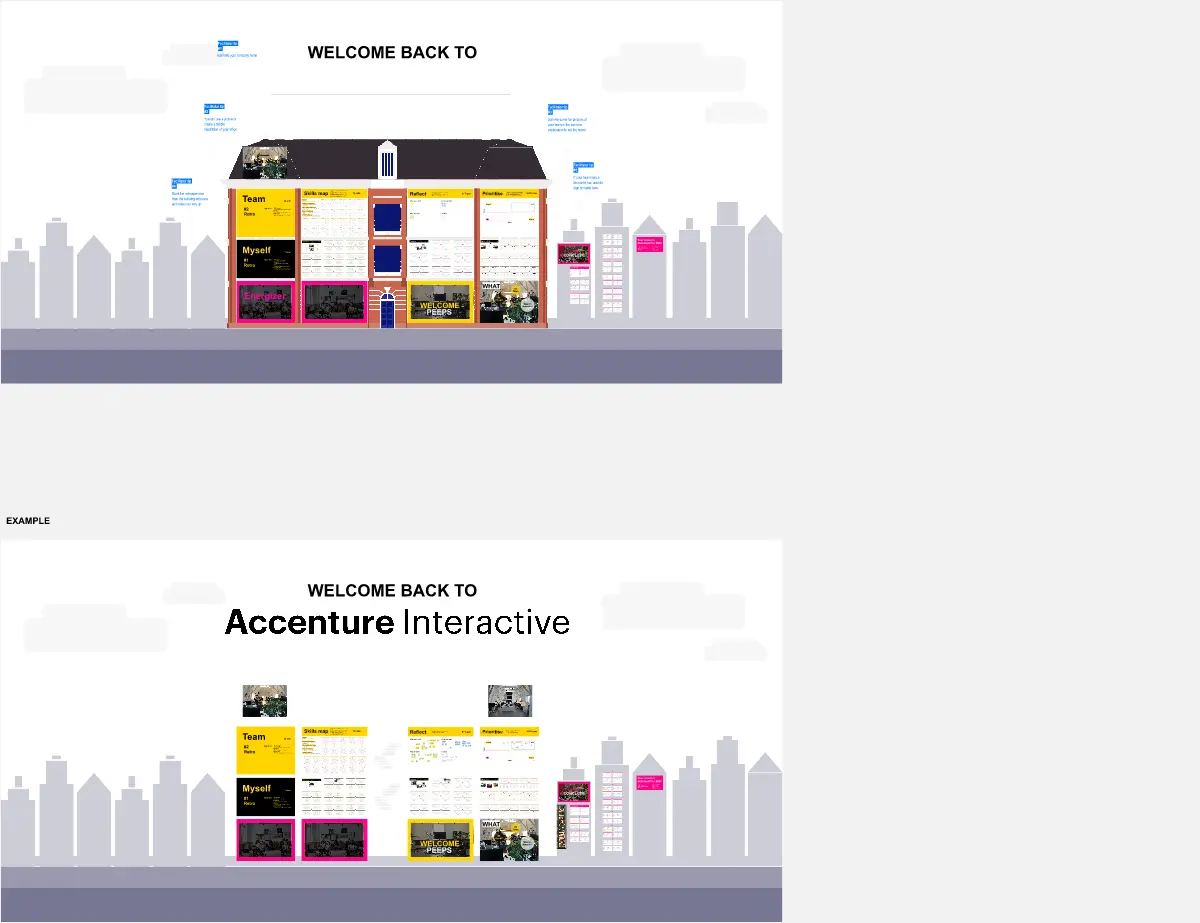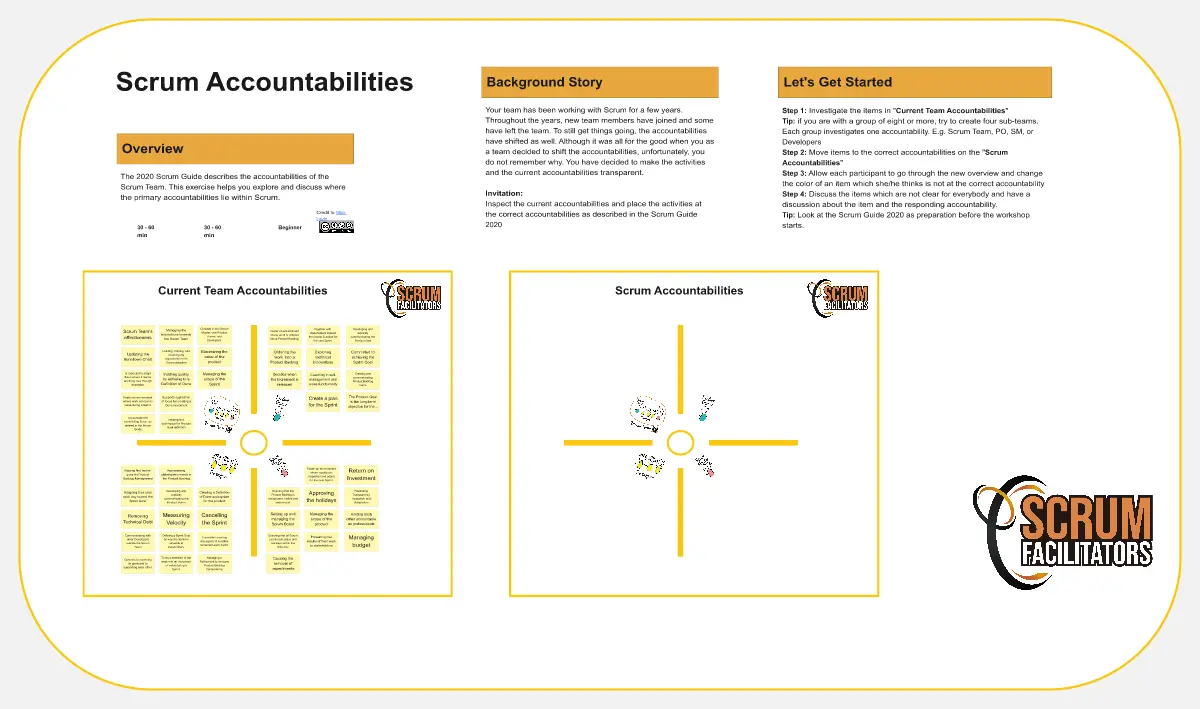Mission Vision Workshop
The facilitation guide
Vision (15 – 20 mins)
Stage 1
First start by providing some context about why the team exists. It can be useful to provide the vision of your department/company and also help the team think about why we’re here together. This can be done on a board or on with sticky notes (1 min ( individual ), 4 mins for 2, 8 mins for 4 )
Stage 2
Depending on the size of your business, you may already have a company vision and a relevant high-level OKR or strategic goal that relates to your team. It’s worth spending 5 minutes reviewing these if you have them. If you don’t, then you can skip to the next step.
Stage 3
Try to answer the first two questions [By working with us, our partners/customers will improve...? By choosing our product, our users will have the ability to...?], Cluster these statements and give them a name.
Now combine them and answer If we achieve the above, what will our customers/users be feeling?
Stage 4
Now challenge the team to think ahead in time, whether it be 6 – 12 months or 4 years from now, it's up to you. After this length of time, what does our ideal state look like? Ask the team to write down some attributes or statements that describe this ideal world. (hint: Try to focus on the customer!).
Cluster these statements and give them a name
Facilitate turning them into a vision statement. Try writing a few and picking out the best one (or the best elements of them and consolidating
Mission (30 mins)
Now that we’ve agreed on where we want to go, we now need to formulate a statement of how we’re going to get there.
Stage 1
Get your team warmed up (10 minutes)
Ask all the participants to take a piece of paper or on their phones or laptops to note down individually the answers to what they think for the below questions. Ask people to take notes — these will come in handy later on when it comes to writing purpose statements:
What is our job as a team?
What’s our goal? How do we know when we’ve done our job?
What benefit are we bringing to the company and our customers/users?
A big part of understanding a team’s reason for being is looking at the bigger picture and where your team fits in. The work that your team does may contribute to one or more company-level OKRs or goals, so it’s worth having those handy as they will be useful in the next section. You can also print these out and stick them on the walls so that they are in front of your eyes and in your mind.
Stage 2
Now that we have some context remind the team about what a mission statement is and ask them to formulate a mission statement in isolation. A good structure to use is:
“We’re doing X(what), for Y(who), because Z(why)”
Remind the team that setting the mission statement is about focus. There will always be secondary stakeholders, distractions, and other things we do that don’t quite fit. The trick is to be able to remind ourselves of the primary thing we are doing in order to set the priority for our work and manage the expectations of stakeholders.
Now comes the fun part! You should have a set of team purpose statements, one for each person on the team. The task now is for your team to work together to combine their individual purpose statements into one agreed statement for the team. This agreed purpose statement should be no more than 20 words, and they have 20 minutes to complete the task.
Stage 3
After viewing different statements, we picked the aspects we liked and arrived at.
Categories
Similar templates







Comments
Read our Community Guidelines and Terms of Use.